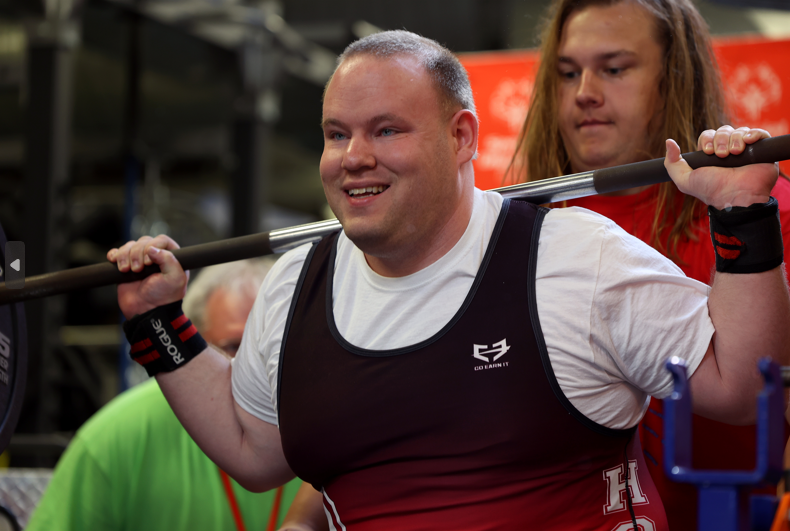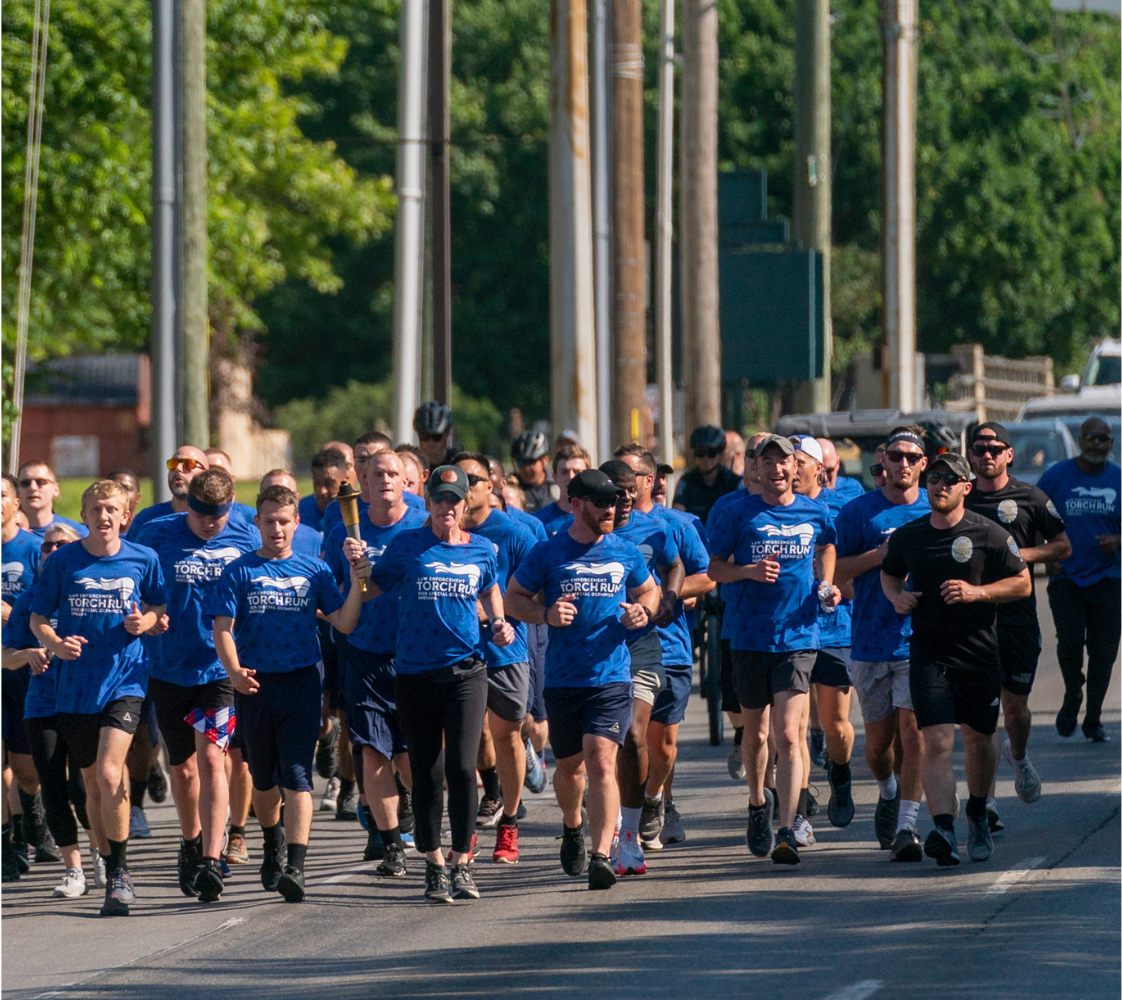5 Benefits of Strength Training

Strength training often is misconceived as a way to get “jacked and tan” or bulky. It typically is limited to only athletes or bodybuilders.
That’s just not true.
Let’s explore each of these benefits in detail, looking at the importance of incorporating strength training into a daily routine for overall health and longevity.
Increased Bone Density
One massive benefit of strength training is its significant impact on bone health, primarily because of its ability to enhance bone density.
Regardless of age, strong bones are important. As kids, bones have a lower density, but as we age, our bones naturally lose density, leading to an increased risk of fractures and osteoporosis.
Fortunately, strength training slows this process by applying stress to bones, aiding in the growth of new bone cells and strengthening existing ones.
Regular resistance exercises such as weightlifting or resistance band training impact bone density and reduce the risk of fractures, thereby promoting long-term skeletal health.
Increased Muscle Mass
Strength training is synonymous with muscle growth, but its benefits extend far beyond aesthetics.
Engaging in regular resistance exercise increases muscles’ ability to grow, leading to an increase in muscle mass, strength and power – all of which are important for health and performance.
Building lean muscle is only important to boost metabolism and to burn more calories, even at rest. It also plays a vital role in supporting proper joint function and stability.
Maintaining strong muscles also enhances performance in daily activities and reduces the risk of injuries in later life.
Enhancing Range of Motion
Muscles and joints work together, and strength training plays a crucial role in maintaining and improving flexibility.
Contrary to popular belief, strength training exercises can improve range of motion by increasing muscle pliability and reducing stiffness in the surrounding connective tissues.
Incorporating exercises such as squats, lunges and overhead presses not only strengthen the muscles but also promote greater joint mobility, allowing for improved functionality in everyday movements and reducing the risk of muscular imbalances or strains.
Improving Balance
Whether in sport or life, balance is important – considering its direct correlation with fall prevention and injury reduction.
Regular strength training enhances body awareness and improves muscular coordination, leading to better balance.
By targeting muscles and joints involved in stabilization, such as the core, hips and ankles, strength training exercises promote better posture, reducing the risk of falls and related injuries.
Incorporating exercises such as single-leg balance exercises, planks or side lunges into a strength training routine can yield significant improvements in balance and overall stability.
Maintaining a Healthy BMI
The golden rule of weight management is creating a balance between calories consumed and calories burned. Strength training is an effective weight management tool.
Resistance exercises increase muscle mass, which directly contributes to a higher metabolic rate as muscles burn more calories, even during periods of rest. By regularly engaging in strength training, individuals preserve and build lean muscle while reducing body fat.
Additionally, strength training promotes improved glucose metabolism and insulin sensitivity, helping with stable blood sugar levels and reducing the risk of developing chronic diseases such as diabetes or cardiovascular complications.
***
Strength training offers health benefits that extend beyond conventional beliefs of muscular strength and aesthetics. By understanding its impact on bone density, muscle mass, range of motion, balance and BMI, we can appreciate the importance of this exercise modality.
Integrating strength training into your fitness routines can help promote overall health, enhance functional abilities, and improve our quality of life.
Let us embrace the power of strength training to unlock its remarkable potential for a stronger, healthier future.
